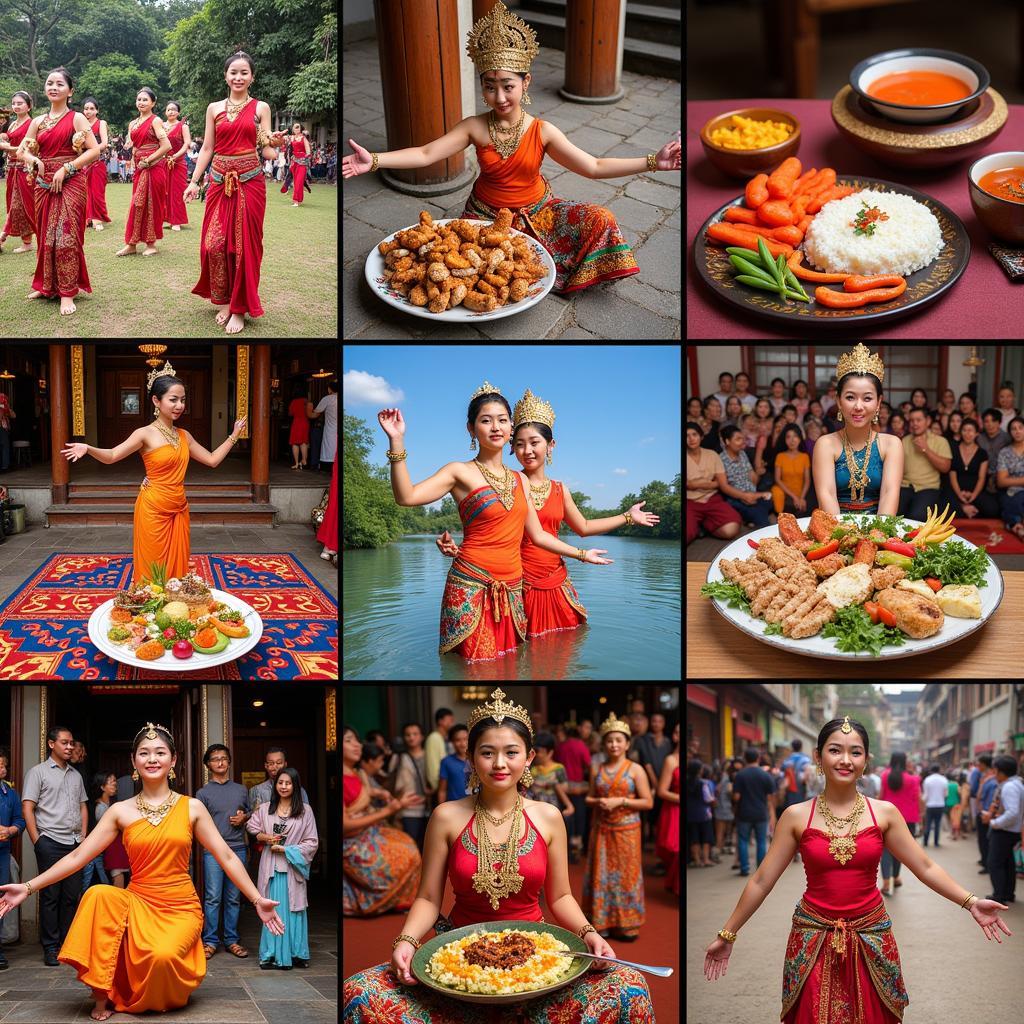ASEAN, the Association of Southeast Asian Nations, is a vibrant region encompassing a diverse tapestry of cultures, languages, and economies. To truly grasp the essence of ASEAN, it’s helpful to understand the various categories through which this dynamic region is often analyzed. These categories provide valuable frameworks for navigating the complexities of Southeast Asia and appreciating its multifaceted nature.
Economic Categories: A Spectrum of Development
ASEAN member states exhibit a wide spectrum of economic development, ranging from high-income nations to lower-income countries. This diversity is reflected in various economic classifications:
- Developed Economies: Singapore stands out as the region’s most advanced economy, boasting high per capita income, a globally competitive workforce, and a robust financial sector.
- Emerging Economies: Countries like Malaysia, Thailand, and Indonesia fall under this category, characterized by rapid industrialization, growing middle classes, and significant potential for further economic expansion.
- Developing Economies: Cambodia, Laos, Myanmar, and Vietnam are classified as developing economies. While facing challenges such as poverty and infrastructure limitations, these nations are making strides in economic development, attracting foreign investment, and experiencing notable growth.
 ASEAN Economic Landscape
ASEAN Economic Landscape
Geographical Categories: Mainland and Maritime Southeast Asia
ASEAN’s geographical landscape can be broadly categorized into two subregions:
- Mainland Southeast Asia: This subregion encompasses countries located on the Southeast Asian peninsula, including Myanmar, Thailand, Laos, Cambodia, and Vietnam. Characterized by mountainous terrain, fertile river valleys, and a long history of interconnectedness, Mainland Southeast Asia boasts rich cultural heritage and historical significance.
- Maritime Southeast Asia: Comprising the archipelagic nations of Brunei, Indonesia, Malaysia, the Philippines, and Singapore, Maritime Southeast Asia is known for its stunning island chains, vast coastlines, and strategic location along vital sea lanes. This subregion has historically been a melting pot of cultures and a hub for trade, shaping its unique identity.
 Contrasting Landscapes of Mainland and Maritime Southeast Asia
Contrasting Landscapes of Mainland and Maritime Southeast Asia
Cultural Categories: A Tapestry of Traditions
ASEAN is a region renowned for its incredible cultural diversity, shaped by a confluence of indigenous traditions, colonial influences, and religious practices. Exploring the cultural landscape through categories reveals the richness and complexity of Southeast Asian heritage.
- Religious Diversity: ASEAN is home to a mosaic of religions, including Buddhism, Islam, Christianity, Hinduism, and various indigenous belief systems. This religious pluralism fosters tolerance and understanding among different communities.
- Linguistic Heritage: Over 1,000 languages are spoken across ASEAN, reflecting the region’s rich linguistic tapestry. While Malay serves as ASEAN’s official language, each country possesses its own linguistic heritage, adding to the cultural mosaic.
- Artistic Expressions: From traditional dance forms like Balinese Legong and Thai Khon to intricate handicrafts such as Malaysian Batik and Vietnamese lacquerware, ASEAN nations boast a wealth of artistic expressions. These art forms reflect centuries-old traditions, cultural values, and aesthetic sensibilities.
 Celebrating Cultural Diversity in ASEAN
Celebrating Cultural Diversity in ASEAN
Understanding ASEAN: A Multifaceted Region
Exploring ASEAN through these categories provides valuable insights into the region’s multifaceted nature. Whether analyzing economic indicators, geographical distinctions, or cultural expressions, recognizing the diversity within ASEAN is key to appreciating its complexities and appreciating its potential. By fostering understanding and collaboration across these categories, ASEAN can continue to thrive as a dynamic and influential force on the global stage.
